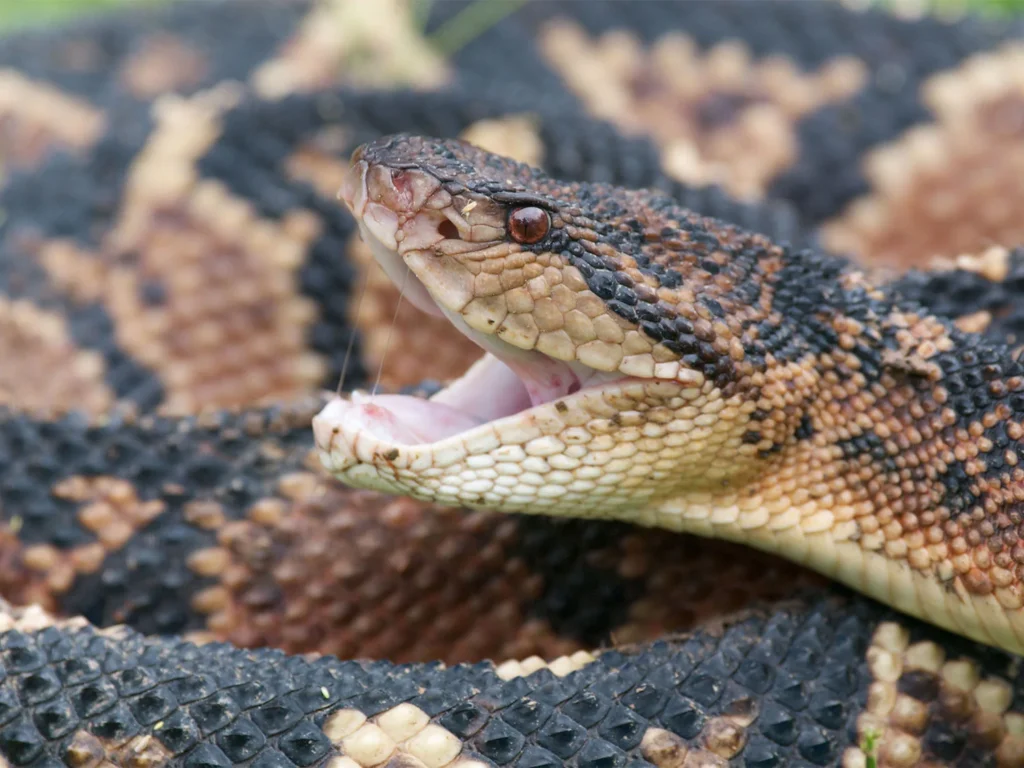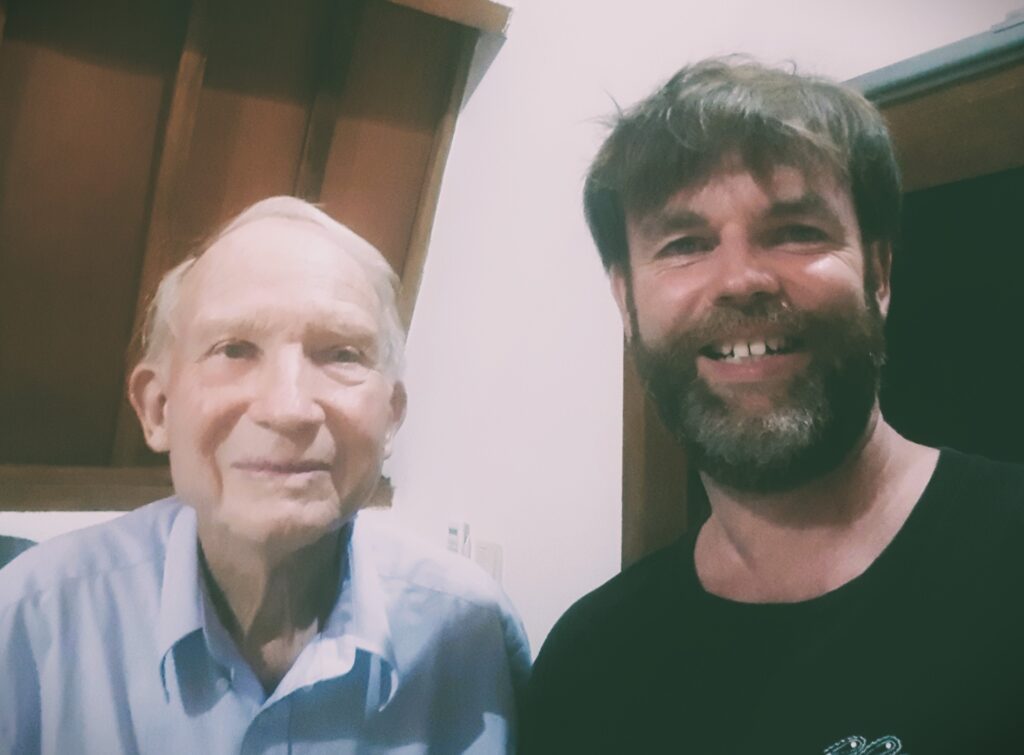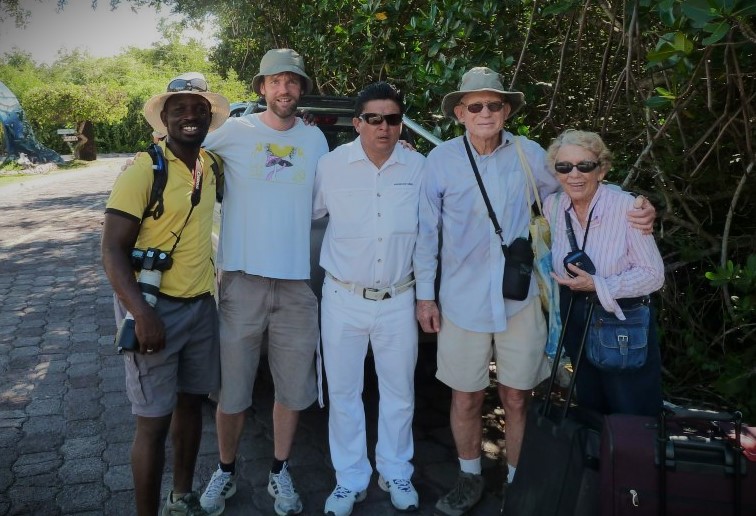My good friend Jim and world traveller recently passed away. We met 10 years ago on the Galapagos islands. We then met randomly in Tulum in Mexico some years later. Finally, our last in person contact was in Indonesia on the island Gili Air.
Jim was a true adventurer, travelling the globe for most of his life. Jim was from the USA and from an early age yearned to travel the globe. His early voyages in the 1960s were to remote parts of the world: travelling to Tahiti by boat because there was no airport, living as a fisherman and learning Tahitian; visiting remote islands in the Great Barrier Reef in Australia and; working as a forest ranger and cowboy in the Amazon in Peru and Bolivia.
It was in the Amazon that Jim met his wife and started a family. They moved to the USA, where Jim worked for 20 years as a marine biologist. At age 50, Jim retired and, then separated from his wife, started a life of constant travel, living from his pension.
He travelled very frugally, eating basic local food and staying in hostels. He booked all his flights using air miles accrued from US credit cards. He was not concerned about money or material possessions. He would travel mostly in Asia and South America and return home to the US to visit family during the summer. He kept only a trailer to maintain some basic possessions.
When we met on the Galapagos, he had been on the road for 28 years! He finally settled down in Hawaii to be near family when his health no longer could support his travelling lifestyle. He confided in me his frustration at being confined to one place and still yearned to travel more as that was the only life he knew.
Many people had urged Jim to write a book and he approached me to write about some of his early adventures in the 1960s, so that his memory of these times would live on. I hope this post does justice to his legacy.
Adventures in the Amazon (1960s)
White knuckle bolsawood rafting down the Inambari river
Jim first went to the Amazon in 1960 with the intention of visiting Peru, Tahiti and Australia. He wanted to hike from the high Andes mountains in Puno to the Amazon jungle. He had a friend with a hacienda (farm) in Puno. His brother took Jim and his friend in a jeep up to a village in the high Andes.
They hired a guide and two porters and took off down a trail into the jungle. The terrain was sparse above the tree line, but became dense jungle as they descended. The idea was to follow the Inambari river down through the jungle. However, it turned out the guide didn’t really know the area. He stopped to make a fire. When Jim enquired why he would want to do that, he replied they were lost and he wanted to make a smoke signal in the hope the someone might rescue them! So, he was promptly relieved of his guiding duties!
Jim didn’t particularly like the food the porters had brought – frozen potatoes – so also dispensed with their services and carried on alone with his friend.
The plan was to make a bolsawood raft and float down the river to the lower jungle. They met a couple of indigenous guys who were building a raft to float down the river and mine for gold. After a few hours, the water was getting really rough and the raft started to disintegrate. They lost logs and the four of them were left clinging to two logs. They were now going over waterfalls and rocks through ravines and there was nowhere to beach and walk back. They were forced to continue.
Somehow they managed to beach the raft, find more logs and rebuild the raft using vines. They came to a whirlpool and they were hurled around and around but could not pass as they were continually thrown back out upriver. One of the boys had an idea to climb up the ravine, gather some vines and thrown them down to the raft. The idea was to try to pull the raft through the whirlpool using the vines. It worked and they got through!
The water continued to be quite rough and there were several times when they thought they would not get out alive. Finally, they reached the lower jungle and the river widened out and became much calmer. The countryside was beautiful and there were macaws flying above and monkey everywhere in the trees.
They arrived in a camp where the two boys wanted to go mining. People asked them how they got there and they said, well we went down the Inambari river on a raft. Their response was, that’s impossible, it’s not navigable!
Jaguar Attack!
Jim continued the journey to Cusco and travelled by train to Santa Cruz in Bolivia. He then flew to San Ignacio to visit his Swedish relatives there. One of his cousins was driving some cattle from Brazil to eastern Bolivia.
As there were no roads in the area, they had to go cross country through savanna: part scattered forest and brushland; part dense jungle. The jungle stretches were a bit harder, but they managed to traverse them in a day. Camping overnight in the jungle was ill-advised due to the proliferation of jaguars in the area. However one night they were forced to camp out in the middle of the jungle and were very wary of the dangers of jaguars.
They bedded the cattle down and built a huge bonfire. Jim hung his hammock high in the trees with a mosquito net. He had a saddlebag with some beef jerky for the trail. In the night, he heard some animal rustling round the saddlebags and tried to scare it off. This was not unusual as there are many nocturnal animals in the jungle.
Jim woke the next morning and to his surprise found jaguar paw prints below his hammock. Two of the cattle had been slaughtered as he slept! Jaguars are very elusive animals and apparently not interested in Jim!
These days a lot of the jungle in this part of the Amazon has been cut down and sightings of jaguars are quite rare.

Close encounter with a huge snake
Jim and his fellow gauchos continued on with the remaining cattle. They came into a small village. There was a commotion in one of the houses. Apparently a massive Bushmaster snake had entered.
The South American Bushmaster is a venomous pit viper species. It is the third longest venomous snake in the world after the king cobra and black mamba. It can grow up to 3 meters long.
In the house were an infant and a dog. The snake had tried to attack the child and the dog had attempted to protect it. The snake killed the dog and was about to eat the baby when the father, hearing the infant’s screams, rushed in and shot the snake dead. Jim recalled that the snake was so big, they had to pull it out of the tent by tying it to a horse!

Encounter with wild Peccaries
The journey continued to a watering hole, which the group had been relying on to restock on fresh water for the remainder of the journey. When they arrived at the hole, however, they found a herd of around 300 wild peccaries had arrived there first and had contaminated the water. Peccaries are also known as “skunk pigs” and Jim had never smelled anything so bad in this life! They can be omnivores and large herds are known to attack and even kill humans. In this case, Jim and his fellow gauchos were unharmed, but had to boil the water and add coffee to cover the stench.
Tahiti
Jim had been fascinated by Tahiti since childhood and made several trips there in the 1960s. As there was no airport at the time, he had to travel by boat, through the Panama Canal, via Hawaii and then on to Bora Bora. There were not that many foreigners there at the time and he soon became a kind of local celebrity and was introduced to the local chief, William Coppenrath. As no-one spoke English at the time and Jim didn’t speak French, he was forced to learn the local language, Tahitian. He managed to pick it up in 3 months! Jim worked as a fisherman and travelled around the rest of French Polynesia, immersing himself in the local culture.
Jim had fond memories of Tahiti and maintained contact with the Coppenrath family. In total, he visited the country 7 more times over the course of the next decades, the last time around 10 years ago.
Jim lamented the slow demise of local Tahitian language and culture during that period of 50 years, gradually being replaced by French. On the later trips, the locals were always quite shocked that he could speak Tahitian, as the language had been gradually dying out. Young people were by that time instead speaking English, Tahitian only being spoken by the older generation. As of 2007, only about a third of the population were native speakers of Tahitian.
Great Barrier Reef
Unfortunately, the interview I did with Jim about his adventures in the remote islands of the Great Barrier Reef in Northern Australia in the 1960s has been lost. I do recall he had fond memories of this time of his life. Like in Tahiti, he lead a simple often solitary life, surviving by fishing. He travelled around many remote islands, which were unpopulated at the time. He pursued his passion for snorkling, recounting several close encounters with huge crocodiles. This love of the undersea world inspired him to a lead a career as a marine biologist.
Jim was a dear friend and will be sorely missed. A true original, who lived life to the full. He called himself the “Vagabundo del mundo”, which is Spanish for Vagabond of the World. May his memory live on.


